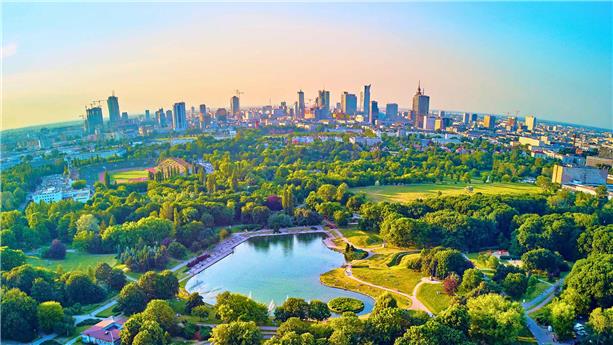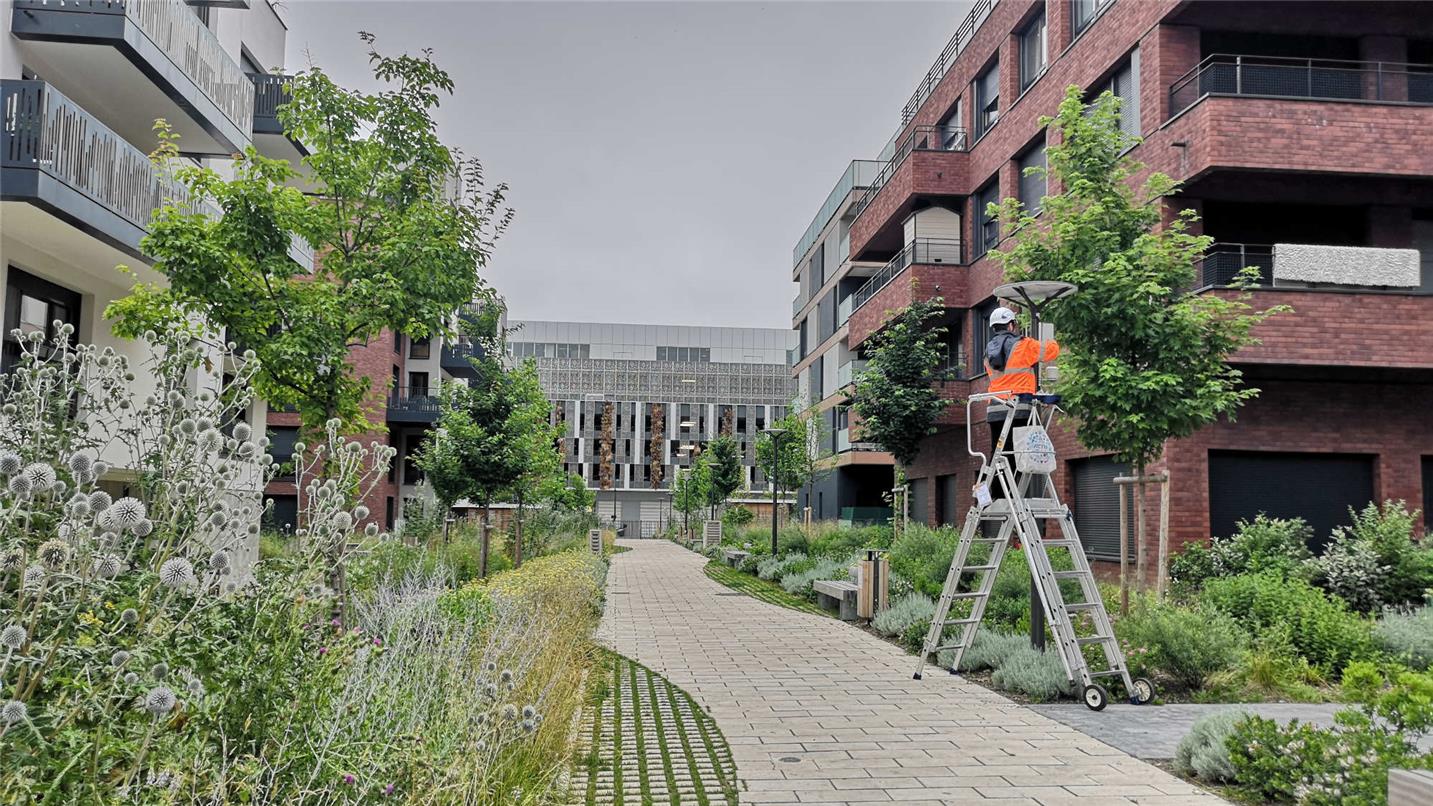
Consulting & Engineering
For more than 70 years, we have been offering our consultancy and engineering expertise to local authorities and public bodies seeking to develop their cities and regions sustainably, as well as to industrial clients seeking to adapt their production tools to the green transition.
Discover the offer


